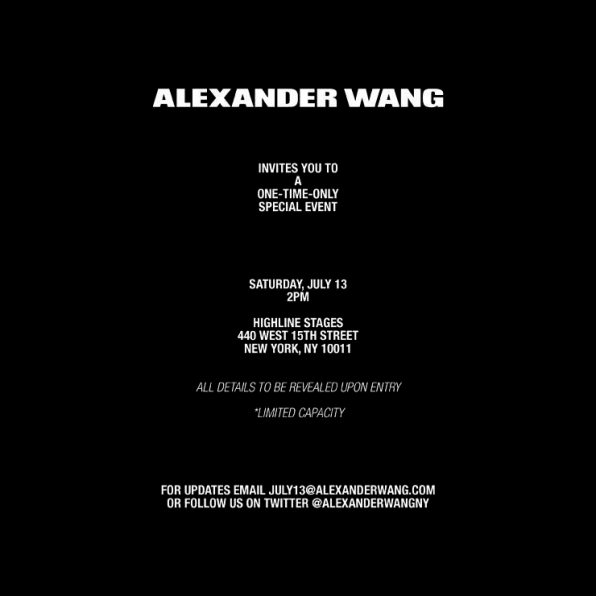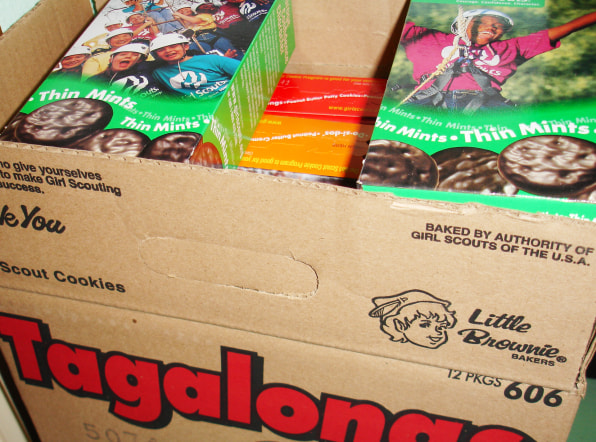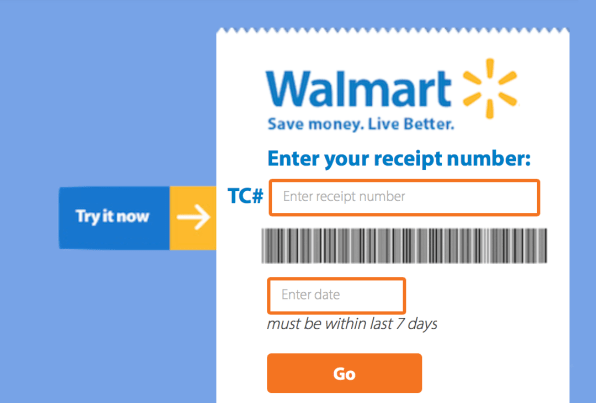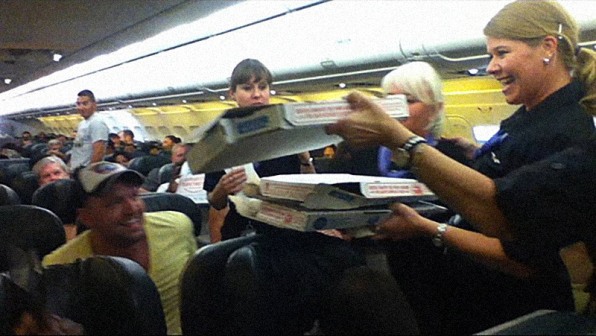Happy Birthday Designs to Draw
For decades, companies have taken for granted the notion that focusing relentlessly on improving customer interactions will lead to greater loyalty from the people who buy their products and services. The relevant metrics usually pertain to familiar questions: How well am I delivering in-the-moment? How are customers experiencing my brand across a range of touch points–call centers, websites, social media, mobile apps, in-store? What will make customers deliriously happy when they're directly engaged with my brand?
But singular focus on the in-the-moment interaction a customer has with a brand means companies are missing moments when engagement might be more exciting and compelling for consumers: before and after the interaction. Happiness researchers find that upwards of half of someone's happiness is built in moments of anticipation and remembering. Happiness is as much about how we look forward to and look back on an event as it is about the event itself. To make customers happy, brands must tap into the joy of anticipating an experience and the warmth of remembering it.
Most brands miss these opportunities to deliver happiness, which may help explain the wide disconnect between companies that believe they're delivering a superior customer experience and what the metrics tell us about their customers' actual level of satisfaction. In a Forrester survey, more than 80% of leaders say their companies are focused on boosting customer experience through incremental or radical improvements. Yet in 2013, only 8% of the companies in the Forrester Index achieved excellent customer experience scores.
The Happiness Halo
A wealth of research reveals that the emotional component of customer experience is a better predictor of loyalty than the functional, cognitive component. To devise innovations that make customers feel differently, we need to broaden the lens beyond the operational and transactional to focus more on the behavioral and emotional–what we at Lippincott are starting to call "the happiness halo."
"We make our decisions in terms of our memories," observed Nobel Prize-winning psychologist Daniel Kahneman in a 2010 TED Talk. Brands need to recognize the power of memories as manifested in Kahneman's conception of "The Remembering Self." But memories aren't movie clips stored on a hard drive; they reside in nerve pathways that fire anew (and rewire) each time we remember the event, as cognitive psychologist and memory expert Elizabeth Loftus has shown. This means that certain moments, like "peaks" and "ends," disproportionately dominate memory, and that memories are constantly being reconstructed based on subsequent events.
Researchers at University College London have developed a corollary of sorts to Kahneman's Remembering Self. They've demonstrated that positive expectations influence a person's overall happiness as much as actual experiences do. "Anticipation" measures compose half of their "equation of happiness." Likewise, marketing professor Marsha Richins has found that even the most materialistic consumers receive more pleasure during the "anticipation" phase of a purchase than they do during the "acquisition" phase. We might call the dynamic at work here "The Anticipating Self."
6 Tips for Maximizing the Before and After
Practically speaking, what does all this have to do with making customers happy? It means recognizing 1) that features and attributes of products and services can only take you so far and that true happiness is gained through experiences that produce meaningful and lasting positive emotion; and 2) that because "The Interactional Self"–what happens between the before and after–has long enjoyed top billing in the customer-experience equation, incremental happiness benefits for brands are more likely to come from innovations targeting the Anticipating and Remembering selves. Here are six tips for how today's experience innovators can harness the happiness halo.

1. Tease
The movie industry has been doing it for decades: tease with a preview of coming attractions to stoke eager anticipation. Brands, too, can build excitement by withholding information. In 2013, Alexander Wang posted a cryptic message about an event on the High Line, Manhattan's elevated walkway. All it said was the time and the location, and that "all details will be received upon entry." Attendees wound up being treated to a big clothing giveaway. What can your brand hide to make the anticipation phase as exciting as possible?

2. Tempt
A variation on Tease, the idea here is to highlight the promise of an experience. Consider Universal Orlando's website, which offers a digital version of its physical "Wizarding World of Harry Potter" attraction for upcoming guests to explore, building familiarity and excitement prior to the visit. There's scientific evidence, from pioneering social psychologist Robert Zajonc, that "mere exposure" to unfamiliar things can increase someone's favorability toward them. What can your brand expose to give customers something to look forward to?

3. Make it Special
Most customer experiences, from hotels to retail, have the opportunity to connect to a "limited resource," if we simply reframe the experience as something worth looking forward to. As Robert Cialdini wrote in Influence, everything's more attractive when availability is limited. From Egg Nog to Thin Mints, the art of the crave-able, limited-time treat proves Cialdini's point. A long daily commute, for example, might be reframed as a special moment for self-enrichment (as Audible does), or an obligatory business trip might be reframed as a rare chance for an extravagant, restorative sleep (as Westin's "Heavenly Bed" promotes). What moments of your brand experience might be a limited-time treat for customers, and how can you frame them that way?

4. Surprise
Dopamine is stimulated by unpredictability, which explains why surprises exert a disproportionate influence on our Remembering Self. Walmart Savings Catcher allows customers to scan their receipt and, if Walmart finds a lower price at another area store, they'll surprise customers with an eGift card for the difference. The surprise likely yields a greater experience boost than would have resulted from paying a lower price in the first place. What post-interaction surprises can your brand deliver to bring unexpected joy to the Remembering Self?

5. Crescendo
"What defines a story are changes, significant moments and endings," says Kahneman. "Endings are very, very important and," in the case of a person's memory of an event, "the ending dominates." Thus, like a great drama or symphony that builds to an unforgettable crescendo, brands that make a positive last impression win favorable memories. This can take the form of something as simple as Walgreens' "Be Well" goodbye, now discontinued, which anchored the brand on health. What's your "last impression," and how can you make it a happy memory?

6. Displace
The catharsis of venting is overstated. Controlled studies by Iowa State University researchers showed that fits of rage are more likely to intensify anger and that tears can drive us deeper into sadness. Brands, though—in constant search for feedback—force customers to relive negative brand moments. Instead, of overwhelming customers with surveys, displace the old bad with new good—like the Southwest pilot who ordered pizza for passengers trapped on the tarmac. What can your brand do to turn negative experiences into story-worthy memories?
For business results, emotions matter. Truly delivering impact requires going deeper into human understanding, realizing that happiness is built not just in interactions, but also in anticipation and remembering. Expanding our conception of the "customer experience" opens up a whole new world of experience innovation possibilities: the joy of anticipation, the immersion of interaction, and the warmth of remembering. We'll drive long-term loyalty and business growth, and all get a little happier as a result.
gonzalezchereappleas.blogspot.com
Source: https://www.fastcompany.com/3047190/6-tips-for-designing-happiness
0 Response to "Happy Birthday Designs to Draw"
Post a Comment